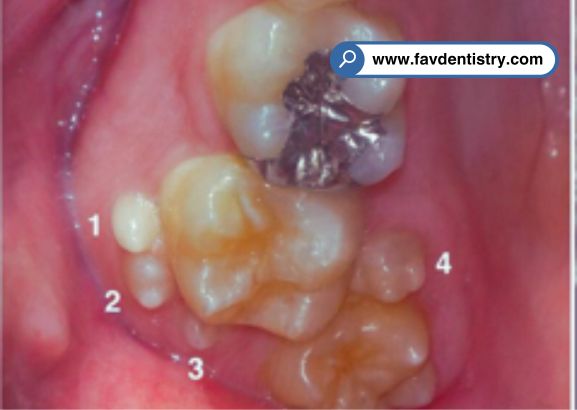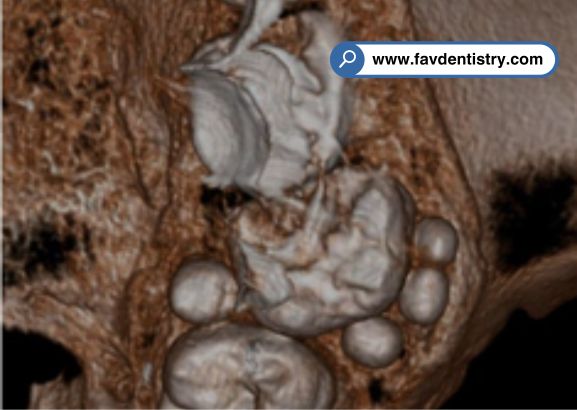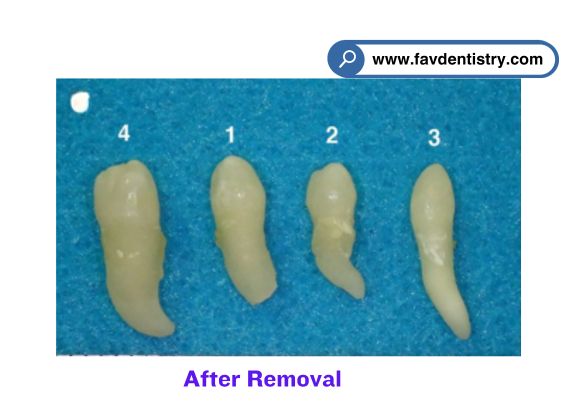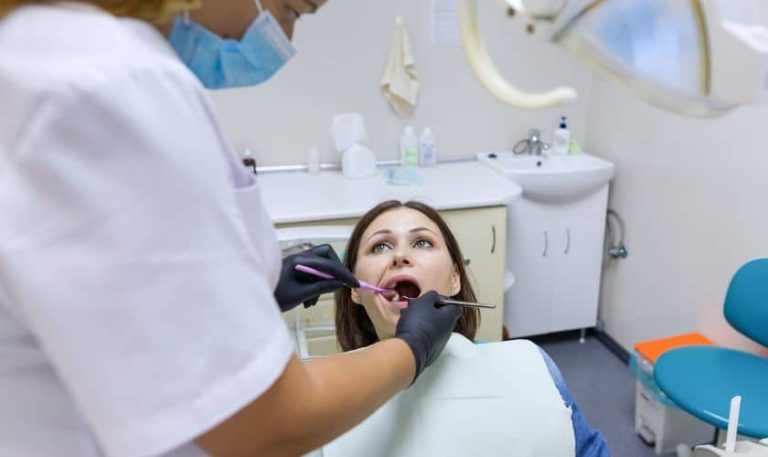What is Hyperdontia: Understanding the Rare Dental Condition
Last Updated on 6 months by DR. ALBIN SIPES
Hyperdontia is a dental condition characterized by having an excessive number of teeth in the mouth, exceeding the usual 32 permanent teeth. This condition is rare and can occur in both primary and permanent dentition.
Hyperdontia can lead to various dental issues, including misalignment, overcrowding, and difficulties in proper oral hygiene. Understanding the causes, symptoms, and treatment options for hyperdontia is essential for early detection and management. By raising awareness and providing relevant information, individuals with hyperdontia can seek appropriate dental care to maintain oral health and improve their overall well-being.
It’s important to consult with a qualified dental professional to address any concerns and receive personalized treatment for hyperdontia.
Unlocking The Mystery Of Hyperdontia
Hyperdontia is a medical condition that refers to having extra teeth in the oral cavity. This condition can present in various forms, ranging from a single extra tooth to multiple additional teeth, and can occur in both primary and permanent dentition. The science behind hyperdontia involves a combination of genetic and environmental factors, influencing the development of supernumerary teeth. Understanding the definition of hyperdontia is crucial in diagnosing and managing this condition, as it can impact dental function and aesthetics. Dentists and orthodontists play a pivotal role in assessing and addressing hyperdontia through comprehensive treatment plans, which may involve orthodontic intervention and potential tooth extraction. By shedding light on the complexities of hyperdontia, individuals can gain insights into this intriguing dental anomaly and the potential implications for oral health.
Causes Of Hyperdontia
Hyperdontia is a dental condition characterized by the presence of excess teeth in the oral cavity. The condition can arise due to various factors. Genetic factors and heredity play a significant role in the development of hyperdontia, with a predisposition for the condition being passed down from parents to their children. Additionally, hyperdontia can be associated with certain syndromes and conditions, such as cleidocranial dysplasia and gardner syndrome. Moreover, the role of environmental factors cannot be discounted, as factors like radiation exposure and certain medications can contribute to the development of hyperdontia.
Identifying Hyperdontia Symptoms
Hyperdontia refers to the condition where a person has surplus teeth, and it is essential to be able to recognize the symptoms for effective treatment. The visible signs of hyperdontia include crowded teeth, additional teeth, and abnormal alignment. These surplus teeth can lead to dental misalignment and related pain or discomfort. Those affected commonly experience difficulties with chewing or speaking due to the presence of extra teeth. Hyperdontia can result in oral health concerns and may require intervention from a dental professional to prevent further complications.
Diagnosis And Detection
Hyperdontia is a dental condition characterized by the presence of additional supernumerary teeth, beyond the normal set of primary or permanent teeth. Diagnosis and detection of hyperdontia are primarily achieved through comprehensive dental exams and X-rays. Dental professionals play a pivotal role in recognizing and diagnosing hyperdontia, as they are equipped with the skills and knowledge to differentiate it from other dental anomalies. By leveraging their expertise, dental professionals can accurately identify and assess the presence of supernumerary teeth, enabling them to recommend appropriate treatment strategies for individuals affected by hyperdontia.
Treatment Options For Hyperdontia
Hyperdontia is a condition characterized by the presence of extra teeth in the oral cavity, usually beyond the normal set of 32. Treatment options for hyperdontia depend on the severity and location of the extra teeth. When considering treatment, tooth extraction may be necessary in cases where the extra teeth pose a risk to oral health or affect the alignment of existing teeth. Orthodontic interventions such as braces or aligners can help align the teeth and address any overcrowding caused by hyperdontia. Long-term dental care strategies, including regular check-ups and maintenance of oral hygiene, are crucial to manage the effects of hyperdontia and prevent further complications.

Living With Hyperdontia

Hyperdontia is a condition characterized by having extra teeth in the mouth, often referred to as supernumerary teeth. Living with hyperdontia can present challenges in maintaining daily oral hygiene practices. Individuals with hyperdontia need to be diligent in brushing and flossing to prevent dental issues. Regular dental check-ups are crucial for early detection and treatment of any dental problems related to hyperdontia. These check-ups also aid in preventive care to maintain oral health. On an emotional and psychological level, hyperdontia can impact self-esteem and confidence, causing individuals to feel self-conscious about their appearance. It’s important for those with hyperdontia to seek support and mental health guidance to address any emotional challenges associated with the condition.
The Prevalence And Rarity Of Hyperdontia

Hyperdontia is a dental condition characterized by the presence of excess teeth in the oral cavity. This condition can affect both children and adults, but it is more prevalent in children. The prevalence of hyperdontia varies widely across different populations, with studies reporting incidence rates ranging from 0.3% to 3.6% in the general population. In children, hyperdontia is often associated with other dental anomalies and may require orthodontic treatment to address any aesthetic or functional issues caused by the excess teeth. However, hyperdontia is considered extremely rare in adults, with only a small percentage of cases reported in the literature. Despite its rarity, hyperdontia in adults may present unique challenges for dental professionals when it comes to diagnosis and treatment.
Research And Studies On Hyperdontia
Hyperdontia is a dental condition characterized by the presence of extra teeth beyond the normal set. Researchers have delved into the historical understanding and advancements of hyperdontia to gain insights into its prevalence and impact across different time periods and cultures. The recent scientific discoveries related to hyperdontia have significantly contributed to understanding its genetic and environmental factors. Ongoing research is focused on identifying potential directions to predict, prevent, and effectively manage hyperdontia through advanced diagnostic tools and treatment modalities.
Conclusion
Understanding hyperdontia is crucial for early detection and appropriate treatment. It’s important to consult with a dentist if you suspect any extra teeth. Knowing the causes and treatments can help to prevent potential complications in the future. Stay informed and proactive about your dental health to ensure optimal well-being.


